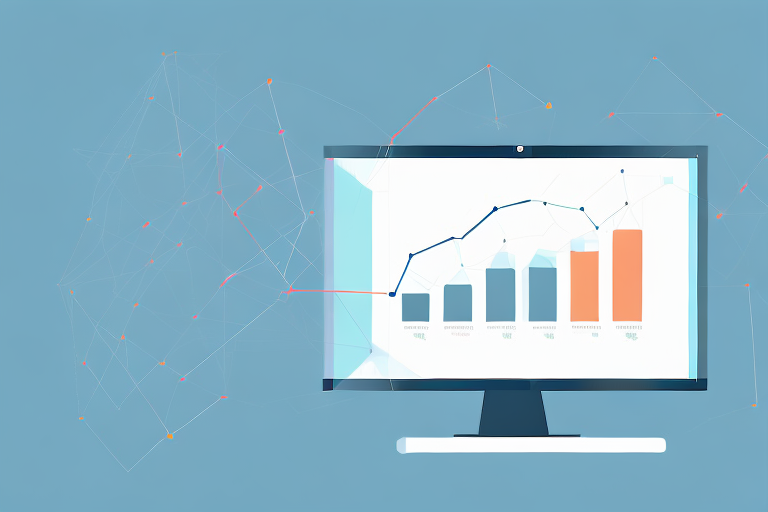How To Calculate My Conversion Rate Of Facebook Ads
The conversion rate of a Facebook ad is a key metric that indicates how effectively your ad campaign is achieving its desired results, such as sales, sign-ups, or downloads. Calculating this rate allows you to measure the success of your ad and identify areas for optimization.
1. Understanding Conversion Rate
The conversion rate is the percentage of users who take the desired action after interacting with your ad. These actions can include:
- Completing a purchase.
- Filling out a lead form.
- Signing up for a newsletter.
- Downloading an app.
The formula for conversion rate is:
Conversion Rate (%)=(Number of ConversionsTotal Number of Clicks)×100\text{Conversion Rate (\%)} = \left( \frac{\text{Number of Conversions}}{\text{Total Number of Clicks}} \right) \times 100
2. Steps to Calculate Your Conversion Rate
a. Define Your Conversion Goal
Before calculating your conversion rate, clarify what action you’re measuring as a conversion. This should align with the objective of your Facebook ad campaign.
Examples:
- E-commerce: A completed purchase.
- Lead generation: Form submission.
- App installs: A downloaded app.
b. Gather the Required Data
You need two main data points:
- Number of Clicks: The total number of people who clicked on your ad.
- Found in your Facebook Ads Manager under the “Clicks” or “Link Clicks” metric.
- Number of Conversions: The total number of people who completed the desired action.
- Tracked using Facebook Pixel or other tracking tools integrated into your website or app.
c. Apply the Formula
Plug the data into the formula to calculate your conversion rate.
For example:
- If your ad received 1,000 clicks and generated 50 purchases:
Conversion Rate=(501,000)×100=5%\text{Conversion Rate} = \left( \frac{\text{50}}{\text{1,000}} \right) \times 100 = 5\%
3. Tools to Track Conversions
- Facebook Pixel: A tracking code that captures actions taken by users on your website after interacting with your ad.
- Custom Conversions: Set up custom conversion events in the Facebook Events Manager to track specific actions.
- Google Analytics: Use UTM parameters in your Facebook ad URLs to track conversions in Google Analytics.
- Facebook Ads Manager: View conversion metrics directly within the campaign performance dashboard.
4. Factors Affecting Conversion Rate
Several factors can influence your conversion rate, including:
- Ad Relevance: If your ad resonates with the target audience, they’re more likely to convert.
- Landing Page Experience: A poorly optimized landing page can lower your conversion rate.
- Target Audience: The accuracy of your audience targeting affects their likelihood of taking action.
- Ad Creative and CTA: Engaging visuals and clear calls-to-action can significantly improve conversions.
5. Tips to Improve Conversion Rate
-
Optimize Your Ad Creative:
- Use high-quality visuals and compelling ad copy.
- Include a strong, clear call-to-action (CTA).
-
Refine Targeting:
- Use detailed audience segmentation to ensure your ad reaches the right people.
- Leverage retargeting to engage users who previously interacted with your brand.
-
Enhance Landing Pages:
- Ensure your landing page loads quickly and is mobile-friendly.
- Keep the design clean and user-focused, with minimal distractions.
-
A/B Test Your Campaigns:
- Experiment with different ad creatives, CTAs, and audience segments to determine what works best.
-
Analyze and Iterate:
- Regularly monitor performance metrics and make data-driven adjustments to improve results.
6. Example Calculation
Suppose you run a Facebook ad for a webinar sign-up campaign. Here’s your data:
- Total clicks on the ad: 800.
- Total sign-ups: 120.
Using the formula:
Conversion Rate=(120800)×100=15%\text{Conversion Rate} = \left( \frac{\text{120}}{\text{800}} \right) \times 100 = 15\%
This means 15% of the people who clicked your ad completed the sign-up process.
Calculating your Facebook ad conversion rate is a straightforward process that provides valuable insights into the effectiveness of your campaign. By tracking conversions and understanding the factors that influence them, you can refine your strategy, improve ad performance, and achieve your marketing goals more efficiently.
Watch More:

